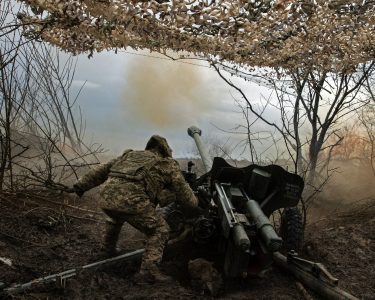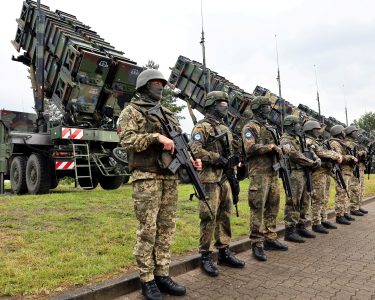Summary
- Russia launches its first major missile attack on Kyiv since August.
- Ukraine’s power infrastructure damaged further as winter approaches.
- The strike intensifies pressure on Ukraine at critical juncture.
- The attack prompts Poland to deploy its air force as a precaution.
KYIV, Ukraine, Nov 17 (AfrikTimes) – Russia unleashed its largest air strike on Ukraine in nearly three months on Sunday, launching 120 missiles and 90 drones in an attack that killed at least seven people and caused severe damage to the country’s power infrastructure, officials said.
For weeks, Ukrainians had been bracing for a renewed offensive against their already crippled energy system, fearing prolonged winter blackouts and heightened psychological stress nearly 1,000 days since Russia’s full-scale invasion began. The strikes, which triggered widespread power outages, came as U.S. President-elect Donald Trump’s impending presidency—marked by his ambiguous pledge to end the war—sparked speculation about potential peace negotiations.
Throughout the night, Kyiv’s air defenses engaged incoming drones, while a series of powerful explosions echoed across the city center during the missile barrage. Residents sought shelter in underground metro stations, wrapped in winter coats.
 Russian missile strike, Kyiv, November 17, 2024.
Russian missile strike, Kyiv, November 17, 2024.
“Severe damage was inflicted on Ukraine’s energy system, including to DTEK power stations. These attacks again highlight Ukraine’s need for additional air defense systems from our allies,” said Maxim Timchenko, CEO of DTEK, Ukraine’s largest private power company.
The extent of the damage was hard to assess. After repeated Russian attacks on the power grid, officials reveal little detailed information about the outcome of strikes and the state of the network. Officials confirmed damage to “critical infrastructure” or power cuts in regions from Volyn, Rivne, Lviv in the west to Dnipropetrovsk and Zaporizhzhia in the southeast.
DTEK imposed emergency power cuts in the southern Odesa region, but had lifted them in three other regions by late morning. Emergency work was ongoing in the Odesa, Rivne and Volyn regions, national grid operator Ukrenergo said.
 Ukrainians have been bracing for a major attack on their hobbled power system as winter sets in.
Ukrainians have been bracing for a major attack on their hobbled power system as winter sets in.
 Russia’s latest wave of air strikes across Ukraine is its largest in almost three months.
Russia’s latest wave of air strikes across Ukraine is its largest in almost three months.
UKRAINE UNEASY ABOUT WESTERN DIPLOMACY
Ukraine’s air force reported intercepting 104 of the 120 missiles launched by Russia and shooting down 42 drones. Another 41 drones disappeared from radar, according to officials.
At least seven people were killed in the strike across the regions of Lviv, Mykolaiv, Odesa and Dnipropetrovsk, authorities said. Meanwhile, Moldovan Deputy Prime Minister Mihai Popsoi said Russian missiles and drones had violated Moldovan airspace during the attack. NATO member Poland, which also borders Ukraine, said it had scrambled its air force as a precaution.
This marks the first major missile attack on Kyiv since August 26, when Russia launched over 200 drones and missiles at targets across Ukraine. The latest offensive adds more pressure on Ukraine, as Moscow’s troops notch up their fastest battlefield gains in the east since 2022 in their ongoing effort to capture the entire Donbas industrial region.
 People take shelter inside a metro station during a Russian military attack, amid Russia’s attacks on Ukraine, in Kyiv, Ukraine November 17, 2024.
People take shelter inside a metro station during a Russian military attack, amid Russia’s attacks on Ukraine, in Kyiv, Ukraine November 17, 2024.
Ukrainian troops are meanwhile trying to hold an area of land that they seized in Russia’s Kursk region in August, something Kyiv has said could one day be a bargaining chip.
Mykhailo Podolyak, an aide to President Volodymyr Zelenskiy, said the strikes appeared to be Moscow’s “true response” to diplomatic outreach to Russian President Vladimir Putin. This was an apparent swipe at German Chancellor Olaf Scholz, who called the Russian leader on Friday for the first time in two years.
Though Scholz urged Putin to pull out his troops, which occupy a fifth of Ukraine, Kyiv bridled at a call that it said reduced Putin’s isolation.


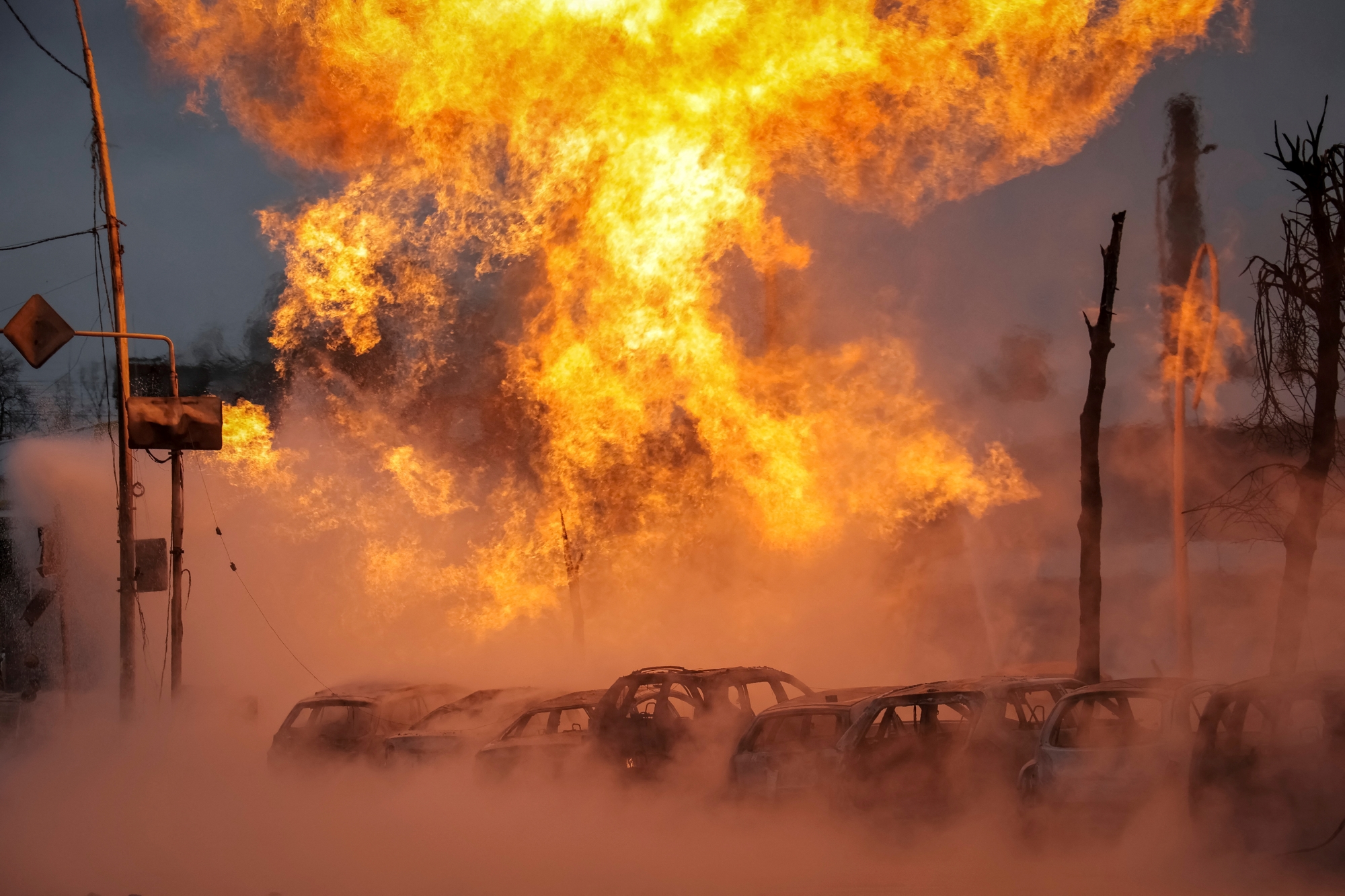

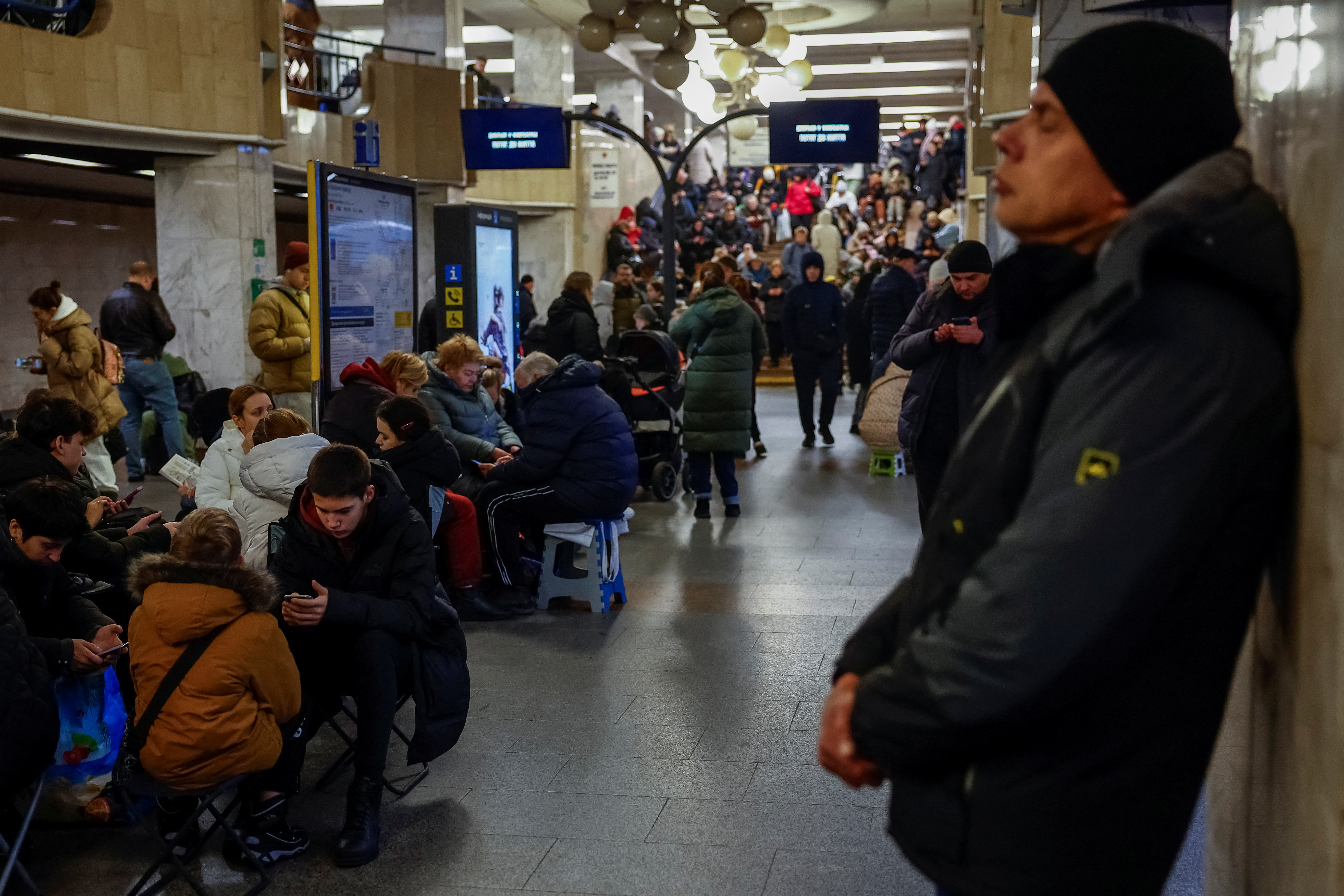 People take shelter inside a metro station during a Russian military attack, amid Russia’s attacks on Ukraine, in Kyiv, Ukraine November 17, 2024.
People take shelter inside a metro station during a Russian military attack, amid Russia’s attacks on Ukraine, in Kyiv, Ukraine November 17, 2024. People take shelter inside a metro station during a Russian military attack, amid Russia’s attacks on Ukraine, in Kyiv, Ukraine November 17, 2024.
People take shelter inside a metro station during a Russian military attack, amid Russia’s attacks on Ukraine, in Kyiv, Ukraine November 17, 2024.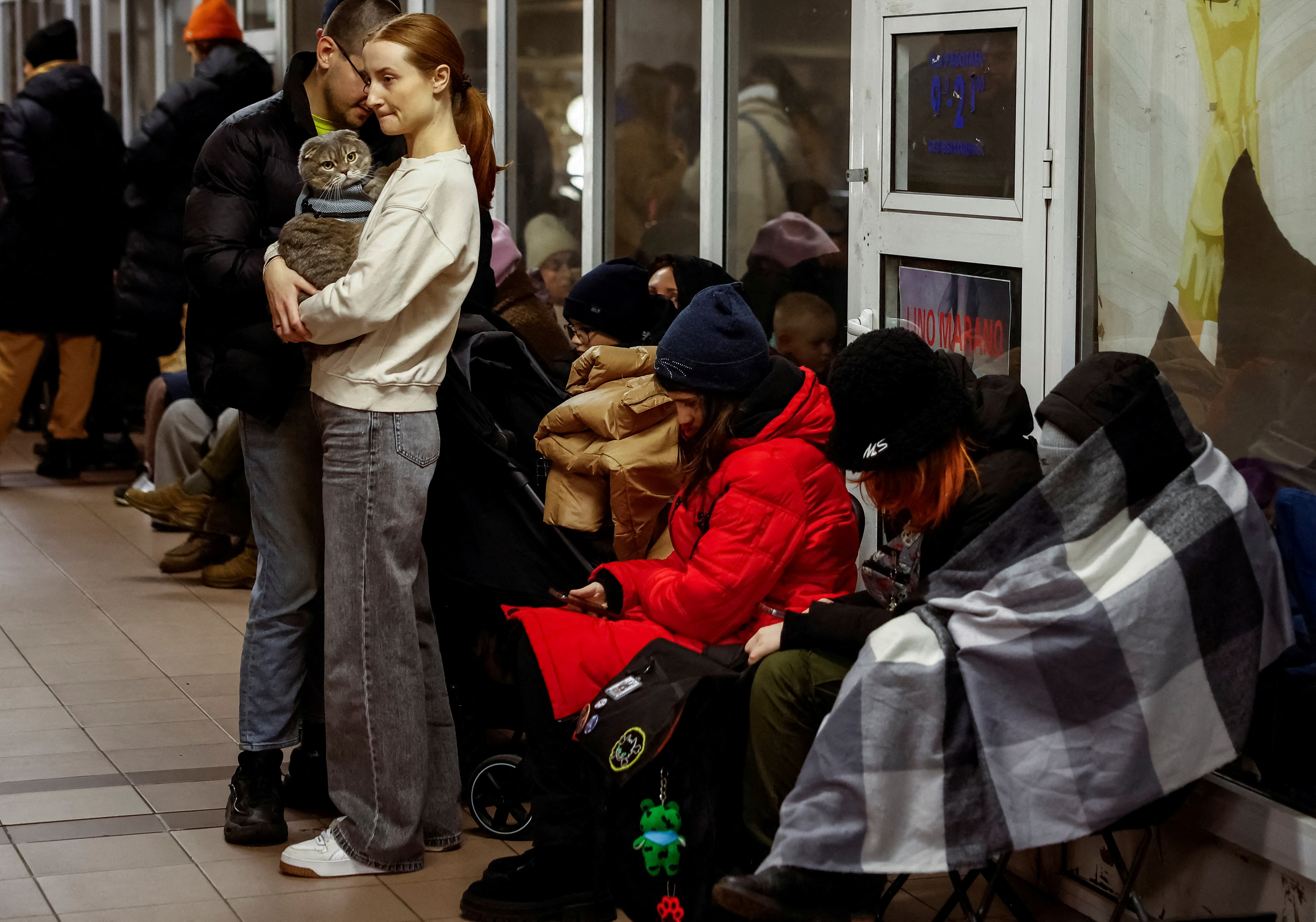 People take shelter inside a metro station during a Russian military attack, amid Russia’s attacks on Ukraine, in Kyiv, Ukraine November 17, 2024.
People take shelter inside a metro station during a Russian military attack, amid Russia’s attacks on Ukraine, in Kyiv, Ukraine November 17, 2024.

